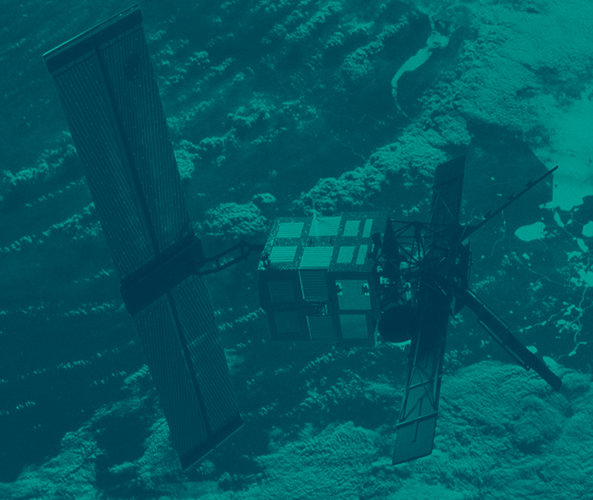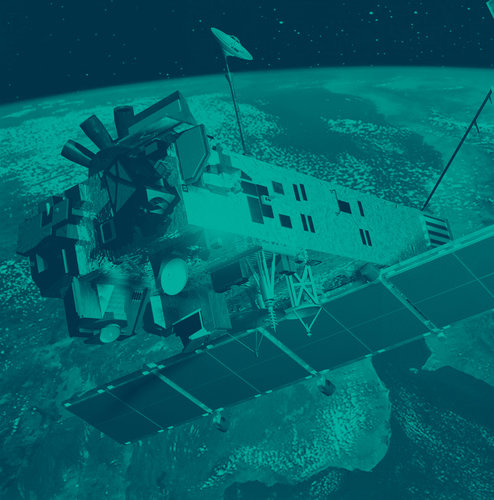Overview
Air and sea transportation are the circulatory system of the global economy, enabling the flow of goods, people and services across borders. Growth rates for both modes of transport continue to exceed that of the world economy. On a national level, efficient transport infrastructure is a key area of comparative advantage.
World in motion
More than 1.4 billion passenger journeys take place by air by year, a number equivalent to almost a quarter of the world's population. Air travel is responsible for transporting 40% of world trade by value, while shipping moves 90% of world trade by bulk.
Transport changes the way economics works: local raw materials become less important than access to global communications networks. The process of manufacturing in particular is becoming internationalised, with intermediate products transported between globally dispersed company plants and finished goods being distributed to markets all over the world.
The demands placed on transportation systems will continue to grow – with aircraft passenger journeys projected at 2.3 billion and the volume of goods traded via the ocean expected to double by the end of this decade.
Contributing from space
Increasing transport efficiency is therefore a priority. Earth observation has an important role to play in optimising the routing efficiency for both air and maritime transport, as well as helping to plan the best sites for new road and rail infrastructure.
As part of an ESA project called TEMIS (Tropospheric Emission Monitoring Internet Service), satellite data were used on a trial basis to help route aircraft around harmful clouds of volcanic ash and sulphur dioxide.
Earth observation could also be employed in future on a near-real time basis to divert planes around bad weather or opposing winds in order to reduce fuel consumption, or minimise their environmental impact by avoiding colder air masses where ice particles contrails are more likely to form from fuel exhaust - thought to have an impact on global warming.
Ships on the right course
Satellite imagery is used operationally in numerous areas of the global to help guide merchant ships through ice fields, and also to supplement ground-based meteorological and sea state forecasts.
High speed 'maritime motorways' currently mooted as energy efficient additions to European transport networks have the potential to remove much traffic from the continent's roads. Satellites could help ensure a high accuracy of weather data along such prioritised sea routes as well as monitor traffic and pollution levels.
Transport planning
And by characterising landscapes in a range of different ways and in unprecedented detail, Earth observation satellites can assist planners planning new road and rail links. For example, satellite radar interferometry can identify tiny millimetre-scale ground movements, to help planners avoid building a road on potentially unstable land.















 Germany
Germany
 Austria
Austria
 Belgium
Belgium
 Denmark
Denmark
 Spain
Spain
 Estonia
Estonia
 Finland
Finland
 France
France
 Greece
Greece
 Hungary
Hungary
 Ireland
Ireland
 Italy
Italy
 Luxembourg
Luxembourg
 Norway
Norway
 The Netherlands
The Netherlands
 Poland
Poland
 Portugal
Portugal
 Czechia
Czechia
 Romania
Romania
 United Kingdom
United Kingdom
 Slovenia
Slovenia
 Sweden
Sweden
 Switzerland
Switzerland



























